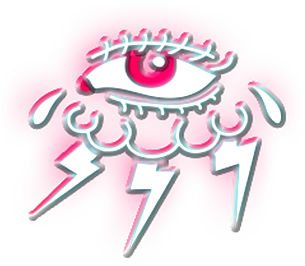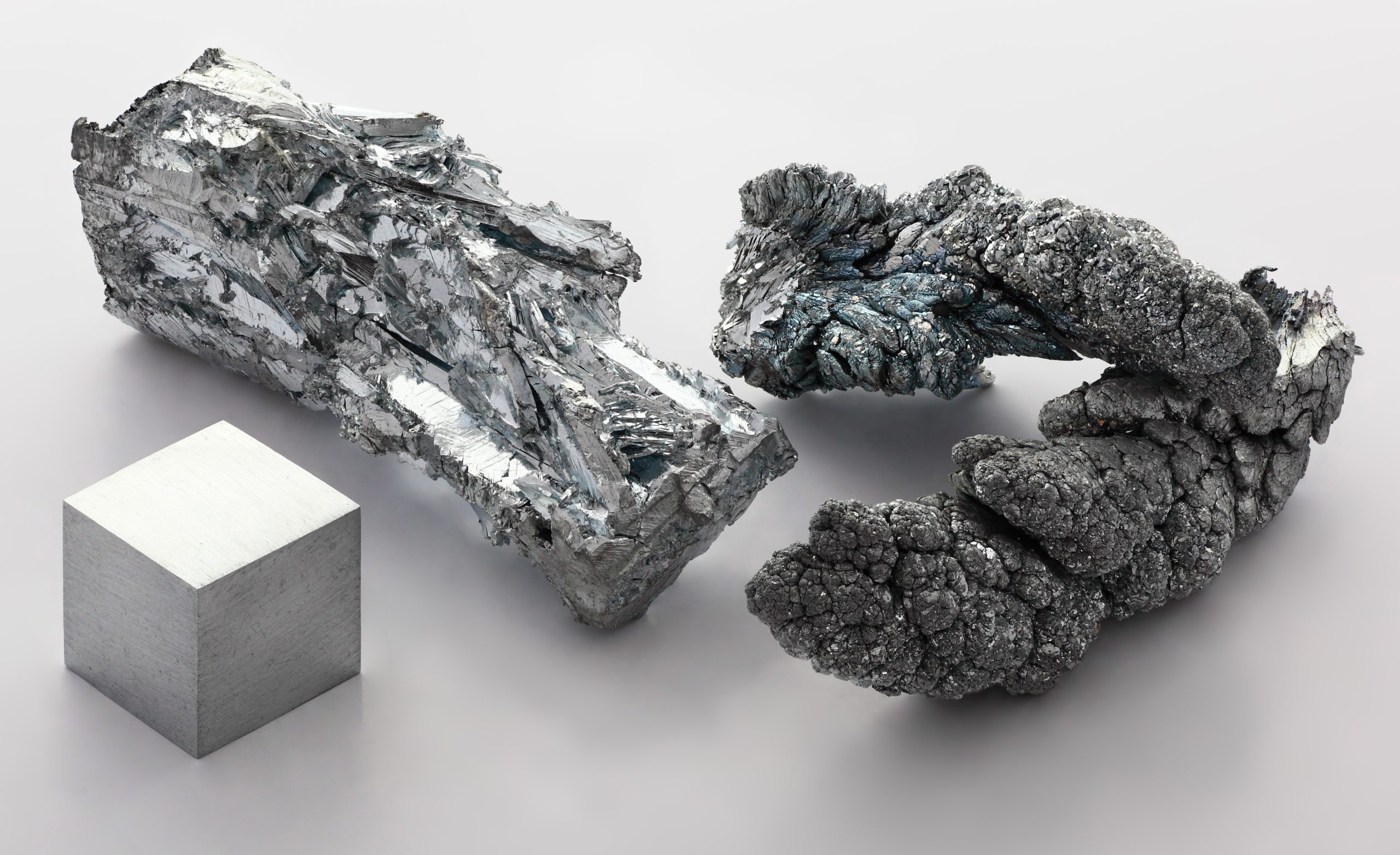Plants
-
🐄🥛 “The Milkmaid’s Covenant”: Linking Cowpox Immunity to SCN⁻ in Raw Milk
In 1796, Edward Jenner famously inoculated eight-year-old James Phipps with material from the cowpox lesions of dairymaid Sarah Nelmes. Phipps did not contract smallpox when later exposed, confirming Jenner’s hypothesis:… Read more.
-
Theca
In biology, a theca (pl.: thecae) is a sheath or a covering. Botany The typical anther is bilocular, i.e. it consists of two thecae. Each theca contains two microsporangia, also known as pollen sacs.… Read more.
-
Xylotheque
A xylotheque or xylothek (from the Greek xylon for “wood” and theque meaning “repository”) is special form of herbarium that consists of a collection of authenticated wood specimens.[1] It is also known as a xylarium (from the Greek xylon for “wood” and Latin arium meaning “separate place”).… Read more.
-
Perivitellins are egg proteins found in the perivitelline fluid of many gastropods
Perivitellins are multifunctional complexes providing the developing embryo with nutrition, protection from the environment, and defense against predators. Despite the central role perivitellins play in reproduction and development, there is… Read more.
·
-
Phosphorylation
In biochemistry, phosphorylation is the attachment of a phosphate group to a molecule or an ion.[1] This process and its inverse, dephosphorylation, are common in biology.[2] Protein phosphorylation often activates (or deactivates) many enzymes.[3][4] During respiration and photosynthesis Phosphorylation is essential… Read more.
-
Zinc, maybe
No proof for the need of zinc in human cells was shown until the late 1930s. More than most ever wanted to know about zinc. A work in progress. Read more.





